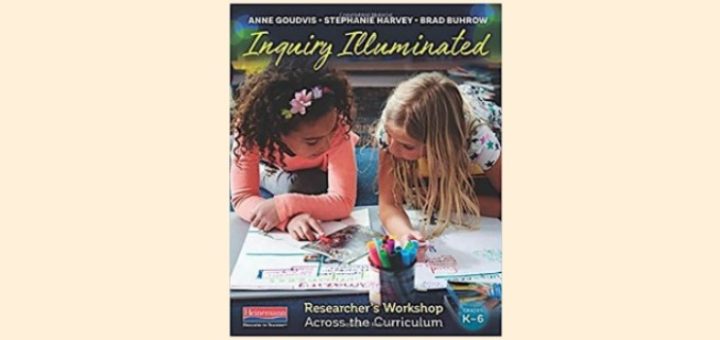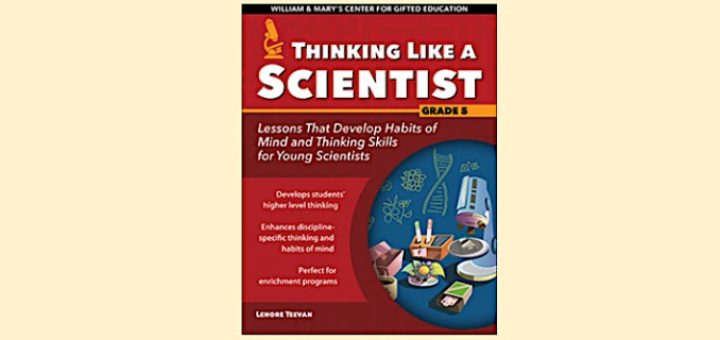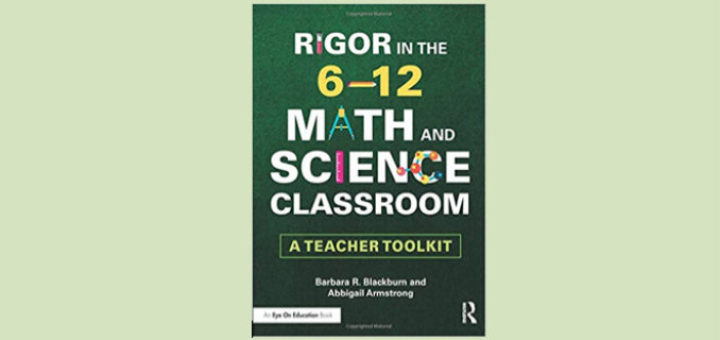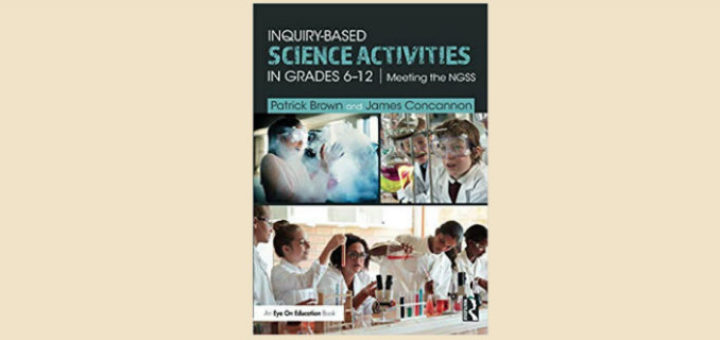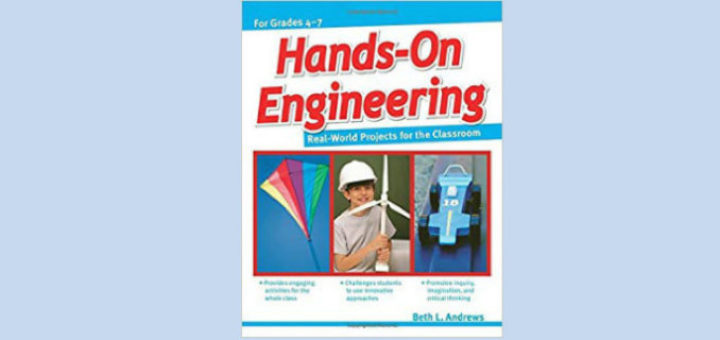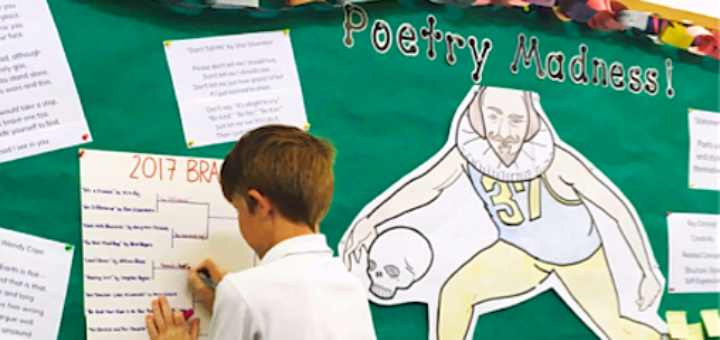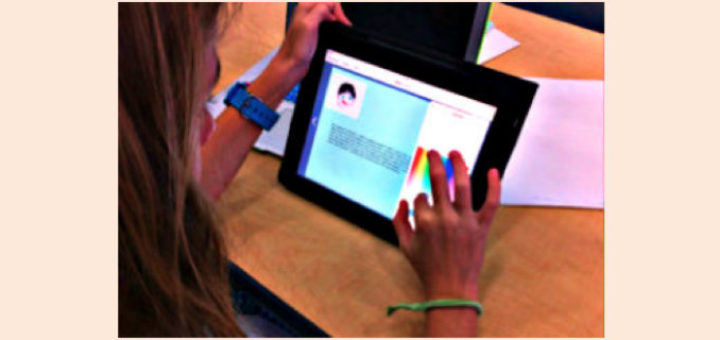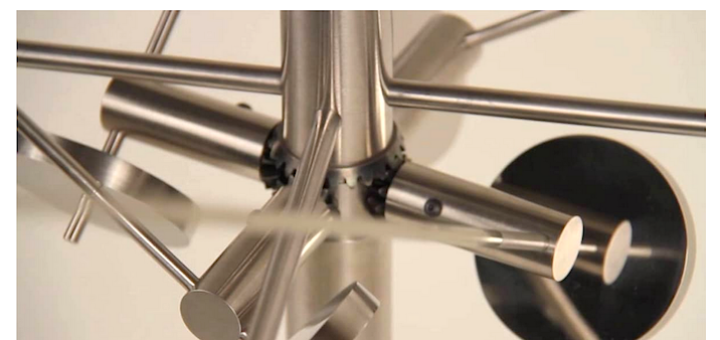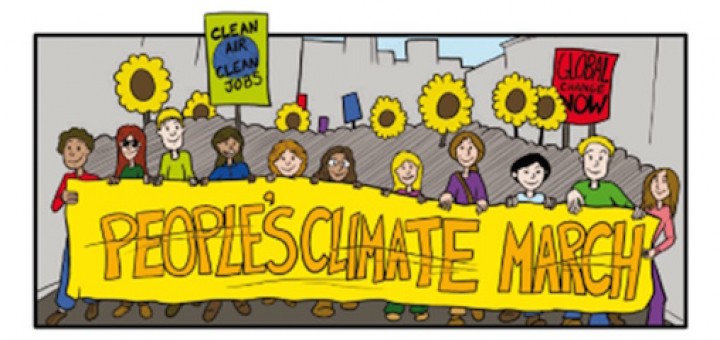A Workshop Model for Science, Social Studies
The workshop model moves beyond literacy in Inquiry Illuminated. The authors present science and social studies in a workshop framework, engaging students from research to presentation. Literacy specialist Andrea Doyon recommends the detailed book to teachers and districts.

